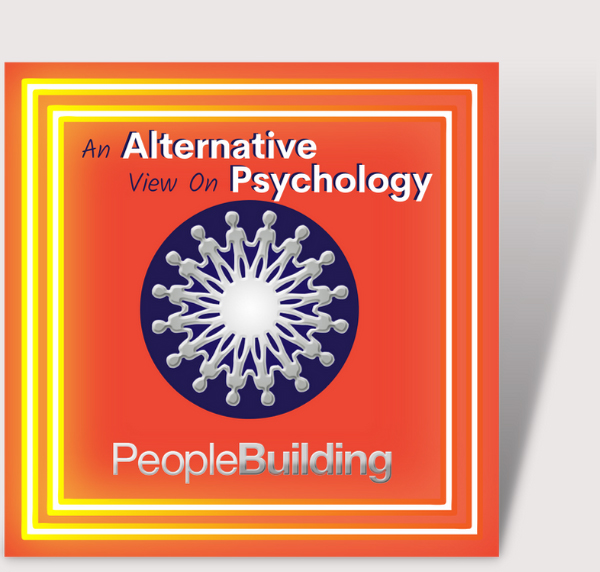Having spent the weekend coaching public speakers, it makes sense for me to talk about something a little public speaker-ish!
So I’d like to introduce you to a charismatic AVK sequence.
NLP highlights how people can have preferred sensory preferences. Some people are visual and like to receive information and learn from what they can see. Others are auditory and so rely on their sense of hearing to help them learn and make sense of the world around them. Some people are kinaesthetic (the touchy feel-ies I call them) make sense of life and learn via their sense of touch and simply taking action (getting on with it).
As a public speaker, it is important that you can reach out to every member of your audience, whatever their preferred sensory preference. In doing so, you stand a much greater opportunity to build rapport and therefore influence your audience members in positive ways.
There are certain generalizations that we associate with the effect of the 3 main sensory systems on the voice.
For example, when in a state of “visual” or if observing a highly visual person, we may notice that their voice is quite loud and punchy, that they speak fast and can sometimes appear quite aggressive. This is a useful state to be in if you want to alert the audience or excite them. If in an auditory state, we would notice a melodic tonality, with a gentle pace to it. This one works as an easy to listen to tone and most people can comfortably listen to this for a while as is, in terms of speed and volume, in the mid range. Where as the kinaesthetic state is really about dropping it down into a really low gear. The tone, speed and volume all reduce to leave a very poignant sounding effect to the voice.
In a charismatic AVK sequence A, stands for auditory, V is for visual and K is for kinaesthetic. Throughout your presentation, you deliver your content in a variety of the 3 main modalities, mainly circulating through A, V and the K. There is a real dramatic effect on the words you say when you are all racy in a visual state, and then drop right down into a kinaesthetic one. It really accentuates the emotion in what you are saying, even if what you are saying is in no way related to emotion.
The auditory state is a good place to deliver the main bulk of what you are saying, though you shouldn’t stay in any one modality for too long. Despite that you might not be appealing to everyone, you also risk sending the audience to sleep if you are in auditory or kinaesthetic for too long and scaring them half to death if you are constantly in visual. (I call this the hair dryer effect as you are constantly being blasted by someone’s voice if they are presenting from a visual place all of the time.)
Alongside this there are physical movements that best suit some of the modalities (auditory, visual, kinaesthetic). These help to really accelerate the effectiveness of the performance and ad a sense of congruency and confidence as the pace of the words are then working in alignment with the physical movements of the body – which gives a great reassurance and trust to your audience as they watch you.
By Gemma Bailey
www.NLP4Kids.org


